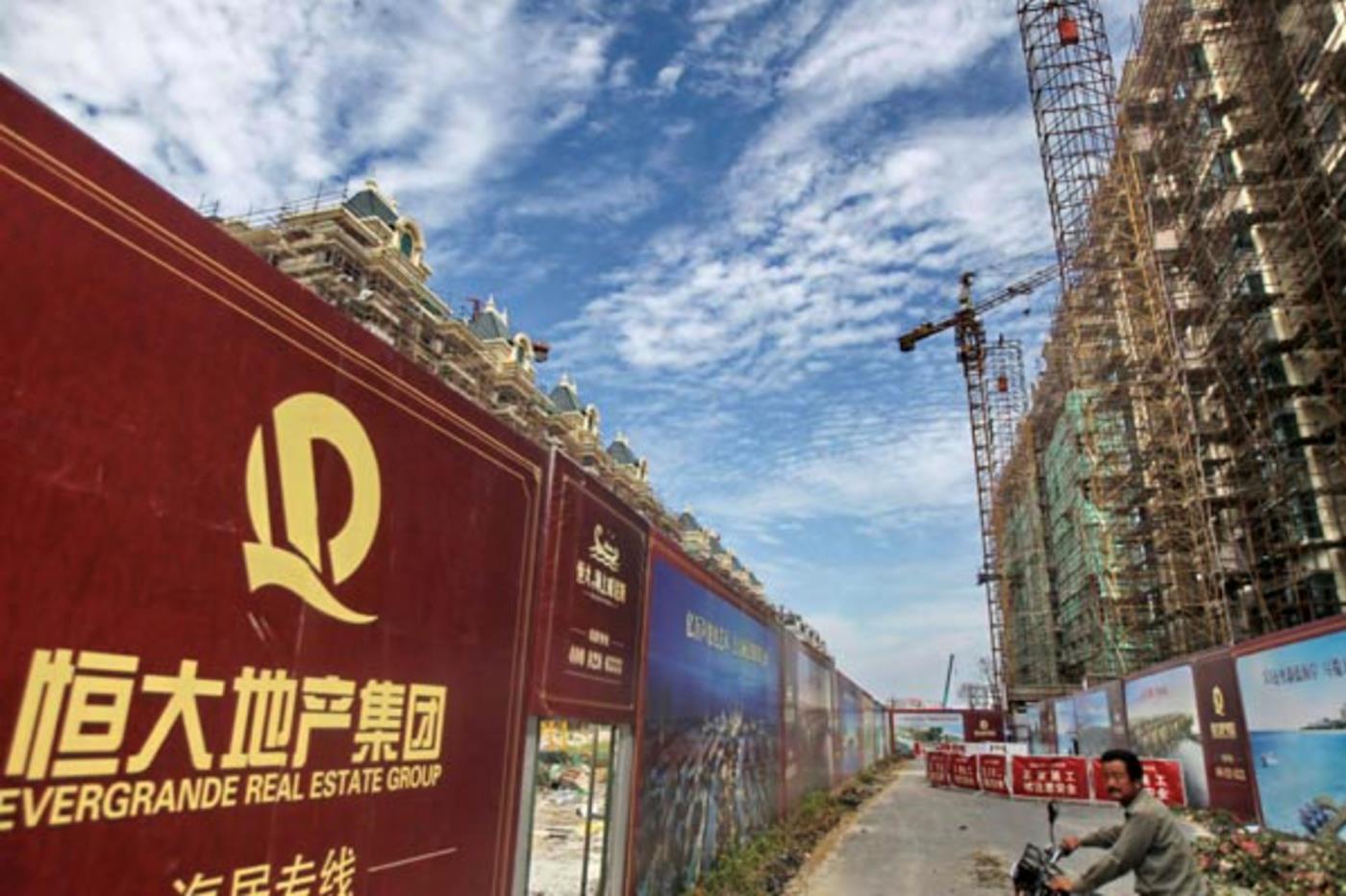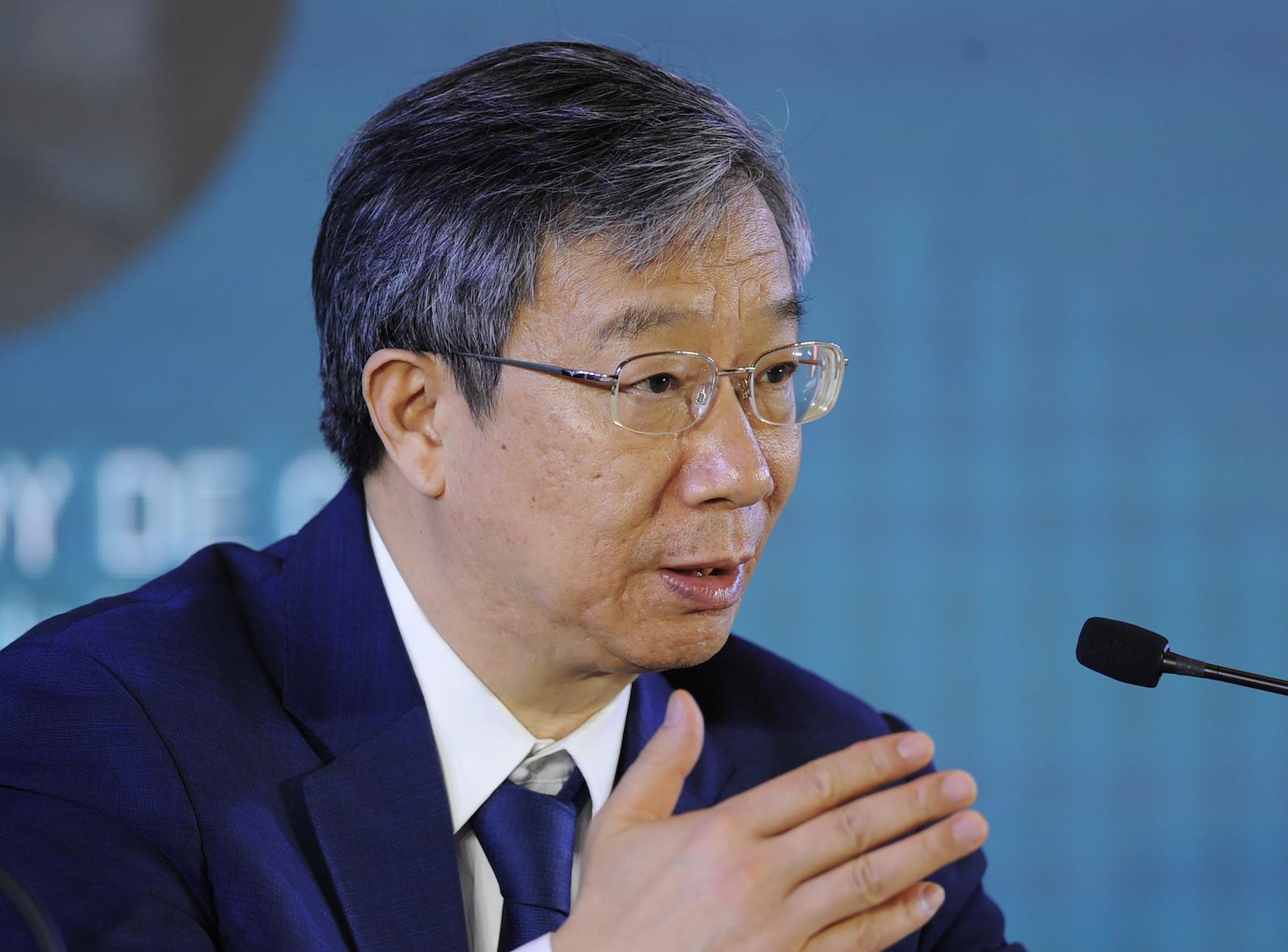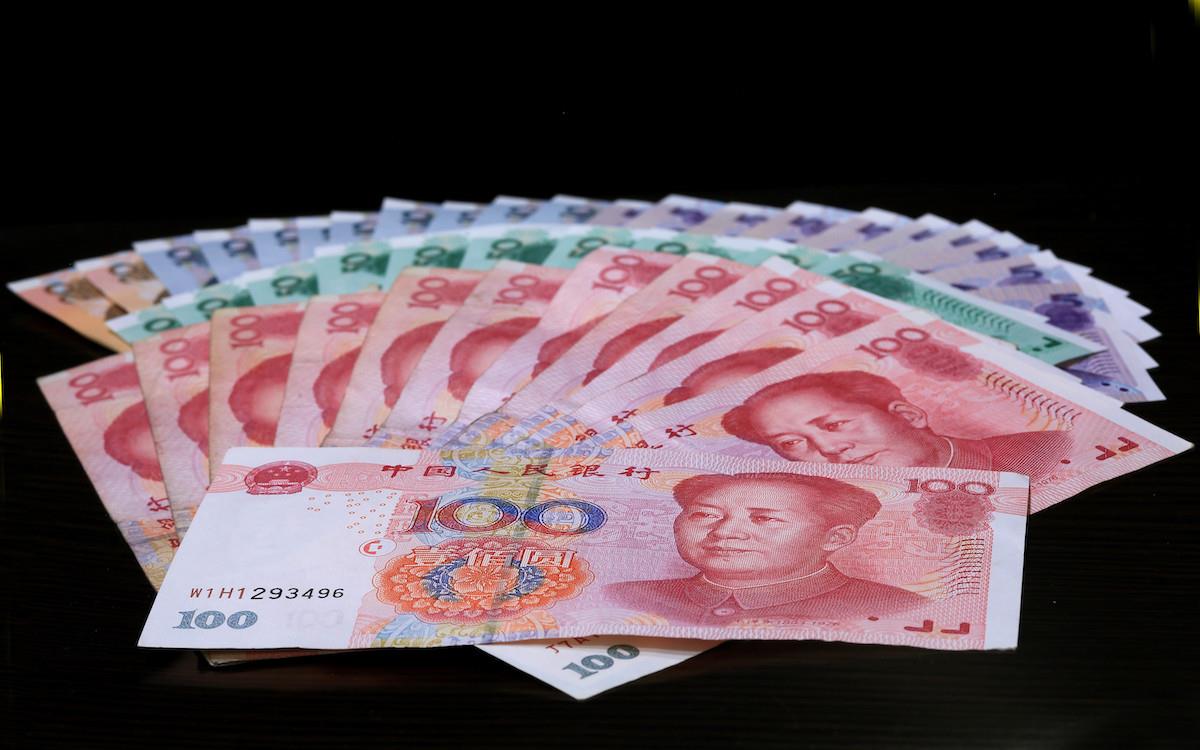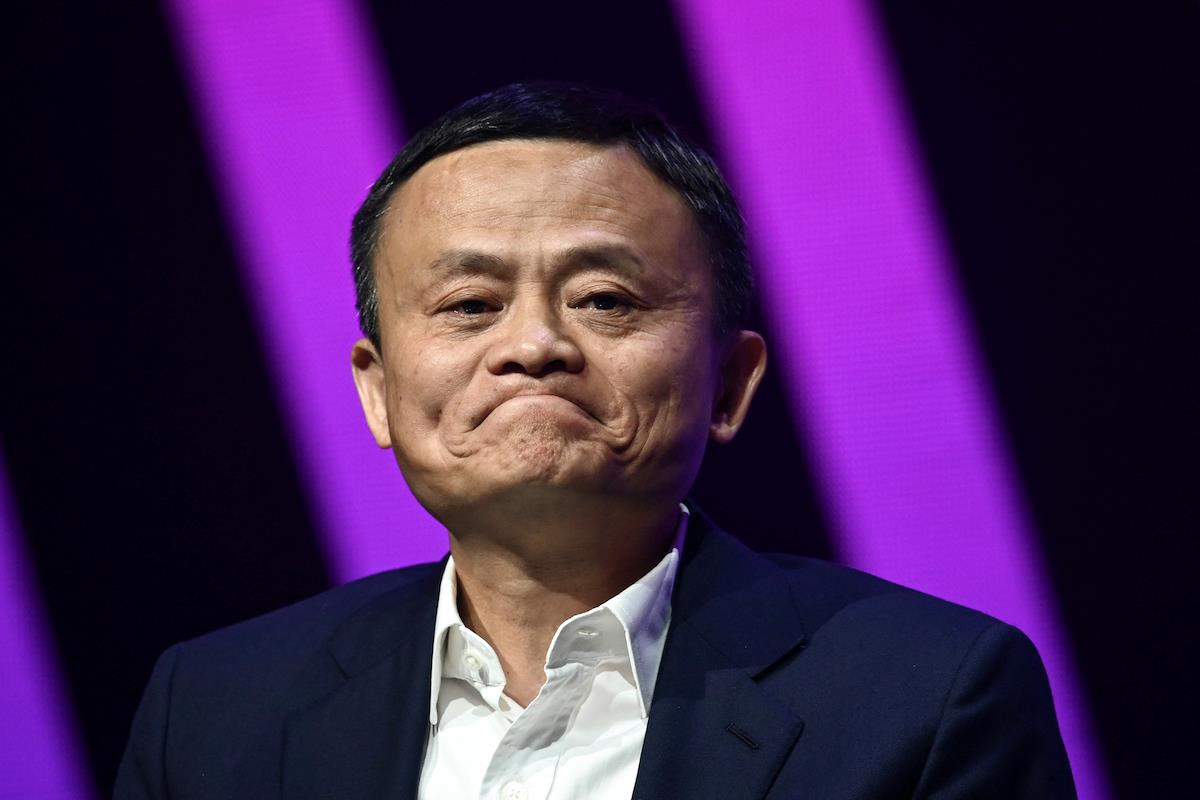(MENAFN- Asia Times) If his central banking gig loses appeal, People's bank of China Governor Yi Gang may have a bright future in the hedge fund business.
On July 9, Yi's team caused a bull market in head-scratching when it trimmed reserve requirement ratios by 50 basis points for all banks. Coming at a moment when China's“V-shaped” revival from Covid-19 was making headlines, it struck many as odd.
Two weeks later, however, a series of softer-than-expected data reports made the PBOC's actions look prescient. But also, in pragmatic ways that should soothe nerves about Asia's biggest Economy heading toward 2022.
As UBS analyst Lei Meng estimates, the reserve requirement cut will add about US$154 billion in long-term liquidity. This, of course, is a rounding error for a $14 trillion economy. But aimed at the right places, at many of the right sectors of the money markets, it can have a great impact by stopping many bankers, investors and CEOs from panicking.
Thanks to the PBOC's keen sense of market timing and skilled approach, Meng says,“this broad-based RRR cut could boost sentiment in the short term and improve stock market liquidity.”
Essentially, the PBOC is signaling to global investors unsure about the recovery“we've got this.” By stabilizing the stock market, the PBOC is reducing strains that might have companies reducing staff, wages and business investment.
That, importantly, creates breathing space for China's public and private sectors to get their financial houses in order – without fueling new froth and adding to the 12-year long credit explosion some feel is imperiling China's outlook .
The drama at China Evergrande Group tells the story. The mainland property giant is struggling to convince creditors it can manage its $301 billion mountain of liabilities. The immediate focus is on the $32 billion of outstanding commercial bills that Evergrande's main onshore subsidiary is juggling.

An Evergrande development in Jiangsu province. Photo: China Daily / Twitter
A grand pile of IOUs
This pile of IOUs is by far the most of any mainland real estate company.
Evergrande's worsening liquidity troubles are generating caution among banks and bond investors, making them less willing to provide longer-term financing. This dynamic is, of course, the kind that causes entire financial systems to seize up – and can precipitate what economists call a“Minsky moment.”
The reference here is to the point when a debt-and-credit-fueled boom ends badly. It's a rite of passage of sorts for all industrializing nations. Here, think Japan in 1990, Mexico in 1994, Southeast Asia in 1997, Russia in 1998, Lehman Brothers in 2008 and the“taper tantrum” in emerging markets in 2013.
Is China next? Not if Yi's team at PBOC has any say about it.
The PBOC has been quietly keeping calm in mainland money markets . Just like his predecessor at PBOC, Zhou Xiaochuan, Yi has resisted the urge to follow the Bank of Japan, US Federal Reserve, European Central Bank and others down the quantitative easing rabbit hole.
Zhou avoided subzero interest rates after the 2008-2009 global crisis. Yi did the same in the darkest days of 2020 as the pandemic devastated global growth.
That means the PBOC still has hundreds of basis points worth of conventional monetary ammunition. Its one-year loan prime rate is at 3.85%, while the five-year borrowing cost is 4.65%. Instead of ringing the gong, so to speak, with massive conventional rate cuts, the PBOC has relied on targeted steps to soothe financial strains without adding to imbalances.

Yi Gang, governor of the People's Bank of China, is the financial world's new 'Mr Prudent.' Photo: AFP / Sonny Tumbelaka
Indeed, the most useful clues about Beijing's thinking may come from Premier Li Keqiang, who chaired the State Council meeting that ordered the RRR cut.
Afterward, he told a group of businesspeople and economists that the plan is to “focus on the long term, handle cross-cyclical adjustments well and deal with potential cyclical risks, in order to maintain the healthy and stable operation of China's economy.”
Perceptions about China's outlook are now in flux. The 7.9% increase in gross domestic product (GDP) in the April-June quarter was only slightly below expectations. Yet the preponderance of recent data suggests that the V-shaped snapback was partly a“base effect” story. In other words, its boom looks better than reality because of how bad things were in mid-2020.
Headwinds intensifying
Now that the Delta variant of Covid-19 is thriving more than world GDP, it's reasonable to expect less heady mainland growth.
“Headwinds to growth are likely to intensify during the second half of the year,” says Julian Evans-Pritchard at Capital Economics.“China's Covid-19 export boom appears to have peaked and will unwind over the coming quarters as vaccine rollouts and reopening help to normalize global consumption patterns.”
Yet to analyst Wei He at Gavekal Research, the key term from the PBOC is“cross-cyclical,” a new phraseology showing up more and more.“It is meant to refer to a different approach than the usual counter-cyclical policy of easing when the economy is weak and tightening when it is strong,” He explains.
The PBOC, He says, has adopted the term as well: Yi named its implementation as one of the PBOC's goals for the current five-year plan period, from 2021 to 2025.
“The problem with China's traditional counter-cyclical policy response,” He adds,“is that it supports short-term growth by building up longer-term financial risks.”
Generally speaking, He says, reducing rates and allowing faster credit growth benefits highly leveraged sectors the most: property, most obviously, but also the infrastructure projects beloved by local governments.
When policy becomes easier, He notes,“credit flows to the property sector and local government financing vehicles first, increasing the already-high leverage of households, property developers and local governments.”
Policymakers are looking to break this pattern, one that began amid the financial de-risking campaign that began in 2017. Efforts have focused on curbing the growth of leverage across economic sectors. And using so-called macroprudential tools to do it, rather than blunt-force rate changes.
Now, instead of“flooding” the economy with liquidity, He says, policymakers prefer“precision drip irrigation” that channels credit to favored users such as manufacturers and small businesses.

Pushing cash in the right direction can be a delicate balancing act. Photo: AFP
Channeling the money
Premier Li, for example, is now stressing that funds released by the RRR cut be channeled mostly to small businesses and labor-intensive sectors.
As analyst Michael Hirson at Eurasia Group sees it, it's all about perfecting the“balance between financial de-risking and supporting growth.”
The PBOC, Hirson says“will need to walk a fine line between lowering these borrowing costs and maintaining the intensity of financial de-risking efforts. Banks must wind down wealth management product investments by the end of the year under an asset management rule announced in 2018, but long-delayed.”
Hirson adds that the PBOC“is intent to implement the rules on schedule, but the transition will exert further pressure on banks' funding costs and ability to grow assets. Rising defaults have made banks more risk-averse, constraining credit from rebounding to historically exorbitant levels .”
These quiet, yet vital reforms are key to China validating the bulls racing its way to invest in government bonds and stocks. Under President Xi Jinping, China has displayed a tendency to put the cart before the proverbial horse when it comes to financial opening.
It often spends vastly more time increasing the number of channels for investment to zoom China's way.
In recent years, the inclusion of China shares in MCSI and other top indexes and bonds in benchmarks like FTSE-Russell was sold in Beijing circles as a reform all its own. The bet is that tidal waves of capital zooming in would, in and of themselves, increase productivity and innovation.
Yet underlying reforms like loosening capital controls, making the yuan fully convertible and increasing transparency and regulatory certainty must come first.

Jack Ma, China's most famed businessman, found himself facing regulatory problems. Photo: AFP / Philippe Lopez
Clearly, the last eight months have been rough on progress in these last two areas. Beijing's crackdown on Jack Ma's Ant Group last November and Didi Global more recently have foreign investors in a whirl.
Though the details differ, the argument that Xi's inner circle is merely reducing risk in the system rings hollow when global punters fear policy erraticness is the risk.
Granted, Xi's fiscal managers – and the PBOC – have many challenges that need addressing. Not least of which is a digital yuan Beijing hopes to have in broader circulation by February when the city hosts the Winter Olympics.
The optimistic view, says Diana Choyleva at Enodo Economics, is that while Beijing may retain capital controls,“a successful rollout of the digital renminbi, which will be firmly under the control of the PBOC, is likely to make the Communist Party more comfortable with relaxing controls because the authorities will have full visibility over two-way flows.”
Perhaps, but Beijing also needs to be working boldly behind the scenes – and under the economy's hood – to make sure the financial system is ready for the global prime time. Though the PBOC is doing its part, there's only so much a central bank can do to steer Beijing's reform process.
MENAFN22072021000159011032ID1102492635